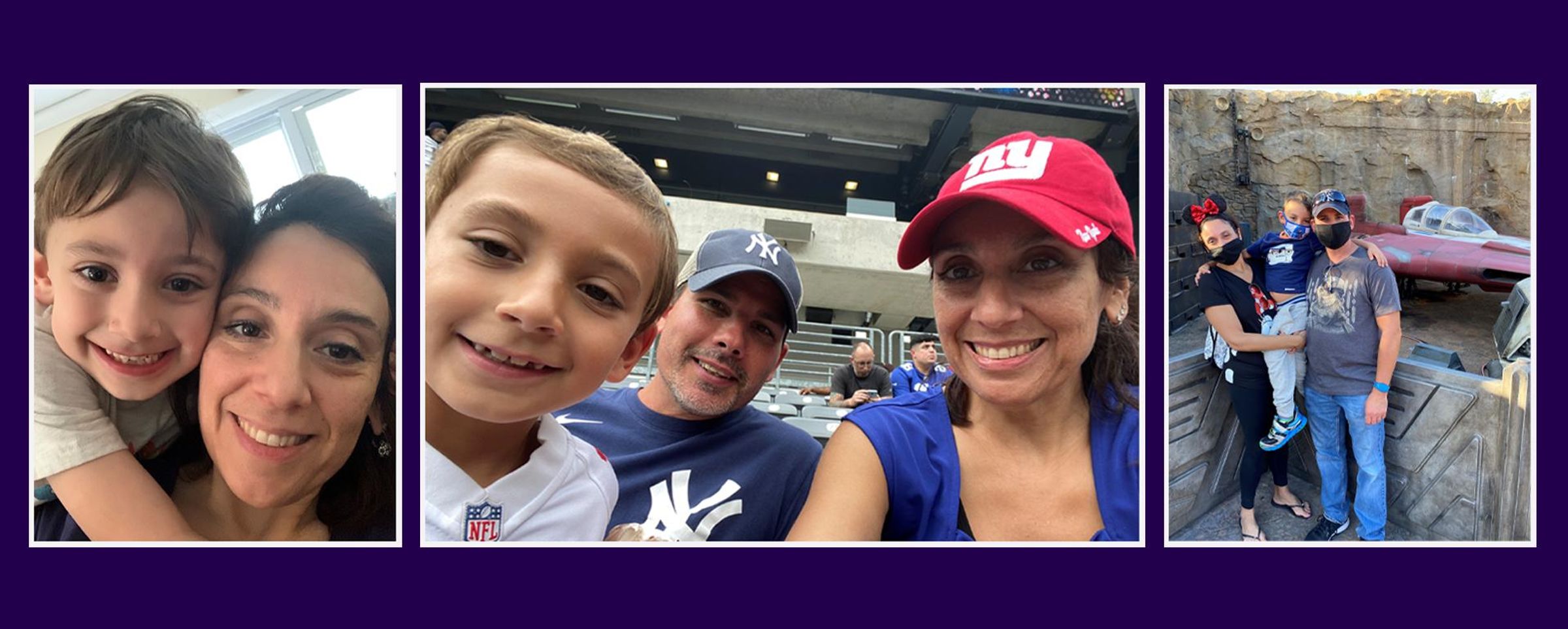Bringing Visibility to the Invisible

By Nancy Kennedy, Head of Trade Customer Support
Everyone, at some point, confronts a personal challenge or weakness that has the potential to hold them back. I’m going to share my personal challenge because I’m learning that making yourself vulnerable inspires and builds mutual trust and understanding with others. Living a lifetime with several invisible disabilities has been a humbling experience for me. Being different isn’t such a bad thing, unless it limits you or makes life so difficult it’s like walking up a hill carrying a heavy backpack - at first it is barely manageable but at some point, you break down.
My journey with invisible disabilities started during my childhood. It was difficult to explain, and I would simply deal with it instead of talking about it. Although this was not the best coping tool, it was how I got through. In my defense, it is not easy to explain. How do you say: “Well, I’m having a bad day (again) and I am struggling to function,” without fearing that people may look at you sideways?
Most of my life I ran away from this. I was always thinking, “I’ll just sleep it off or try to ignore it. Tomorrow is a new day.” Running away from the challenges never helped - they were always there. Without the ability to articulate my health challenges, I turned inward to visualization. To this day, I imagine my disabilities as an ugly purple monster living inside me. It behaves like a toddler having a temper tantrum, stomping her feet, yelling, and draining all of the energy right out of me. I try to ignore her, but the more I let her be, the stronger and more powerful she becomes.
After I gave birth to my son, my situation reached a catastrophic level and I finally decided it was time to really focus on my health. All the years of struggling were finally put into perspective when I came to terms with the reality that it was not ‘all in my head.’ I was also dealing with the uncomfortable discussions with my specialists regarding potentially dangerous medications, surgeries, and other options. I realized I could not run away any longer, I was crashing, and needed to face my invisible disability head-on.
I deeply empathize with others who have invisible disabilities. Diagnosing an invisible disability may take several years and even after a diagnosis, it could be incomplete or a moving target -- so many doctor visits, blood work, scans/tests, and the complexity of tying symptoms together like a puzzle. And while a diagnosis may not solve the problem, at least it is getting you closer to the answer.
Of course, my journey has not been all bad. Going through this experience has made me more empathetic in just about every situation thrown at me. It can be difficult to find the silver lining, but I am embracing the person I am. My role at Sanofi is customer and patient focused and I can bring my best self to work because it is a perfect complement to who I am and who I strive to be. The patients that we serve, my team, and my family are such a blessing for me and serve as my beacon of hope that everything is going to be okay.
On my journey, Sanofi has provided me many opportunities to propel forward in my career as well as drive a greater purpose. I was given an opportunity to co-lead the Capable and Able Network (CAN), our disability Employee Resource Group (ERG), and refocus my attention on helping to make Sanofi a more inclusive and supportive community for all people. I’ve been lucky to have empowering managers who have been aware of my genuine intentions and true passion for our company. Looking back, I only wish that I said something sooner, to build a stronger support system and mutual understanding amongst family, friends and colleagues.
To all who may have an invisible disability, I hope this sharing of my journey resonates with you to share your story and let it guide you to find some comfort in the past and hope for better days ahead.